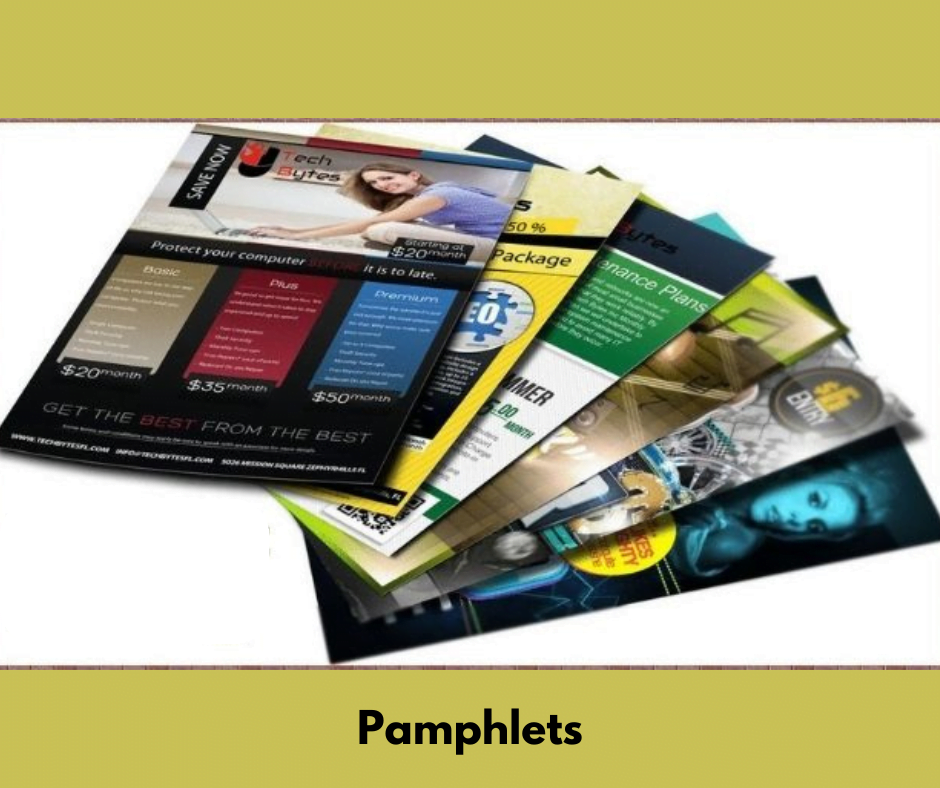Mobile Literacy: Developments Apps and Controlling Techniques
Mobile literacy is the capacity to access, comprehend, and produce information using mobile devices—such as smartphones and tablets—in an efficient manner. Operating these devices, including installing and managing apps and navigating the interface, requires technical skills. Digital literacy encompasses the ability to locate, assess, and utilize information on the internet. Media literacy is one of […]
Mobile Literacy: Developments Apps and Controlling Techniques Read More »









